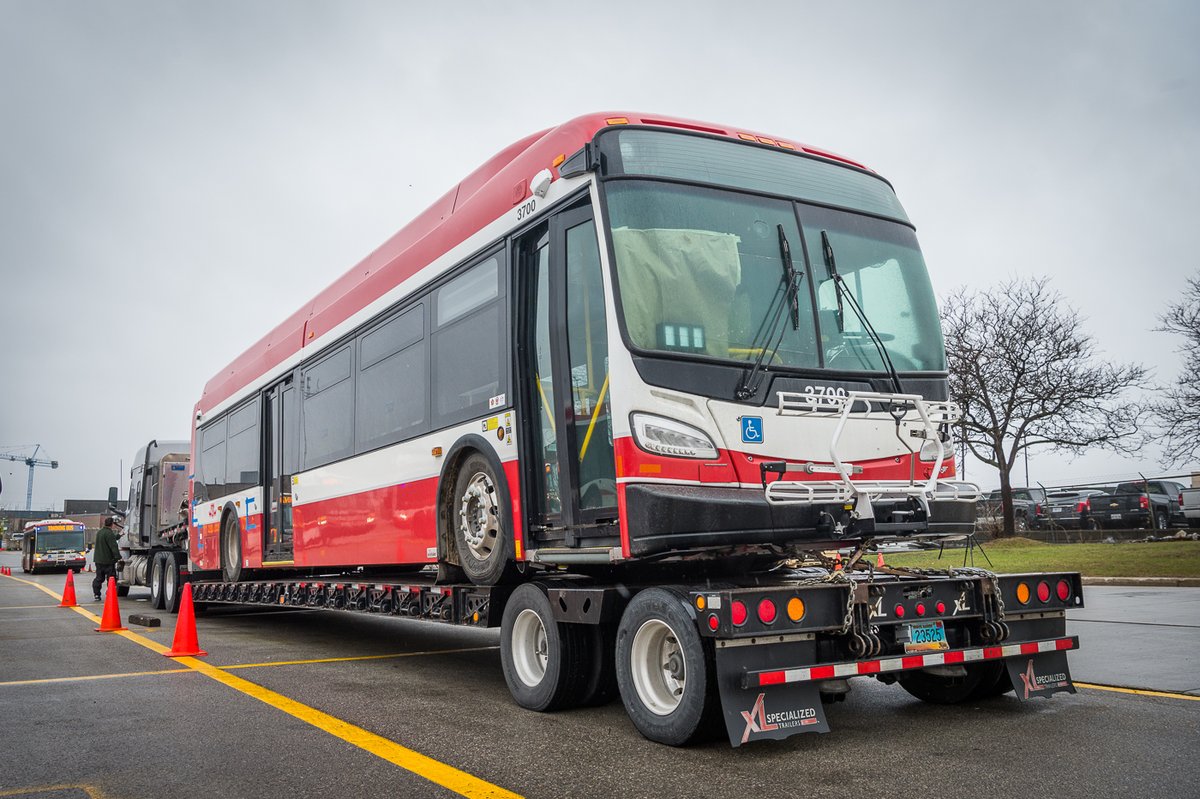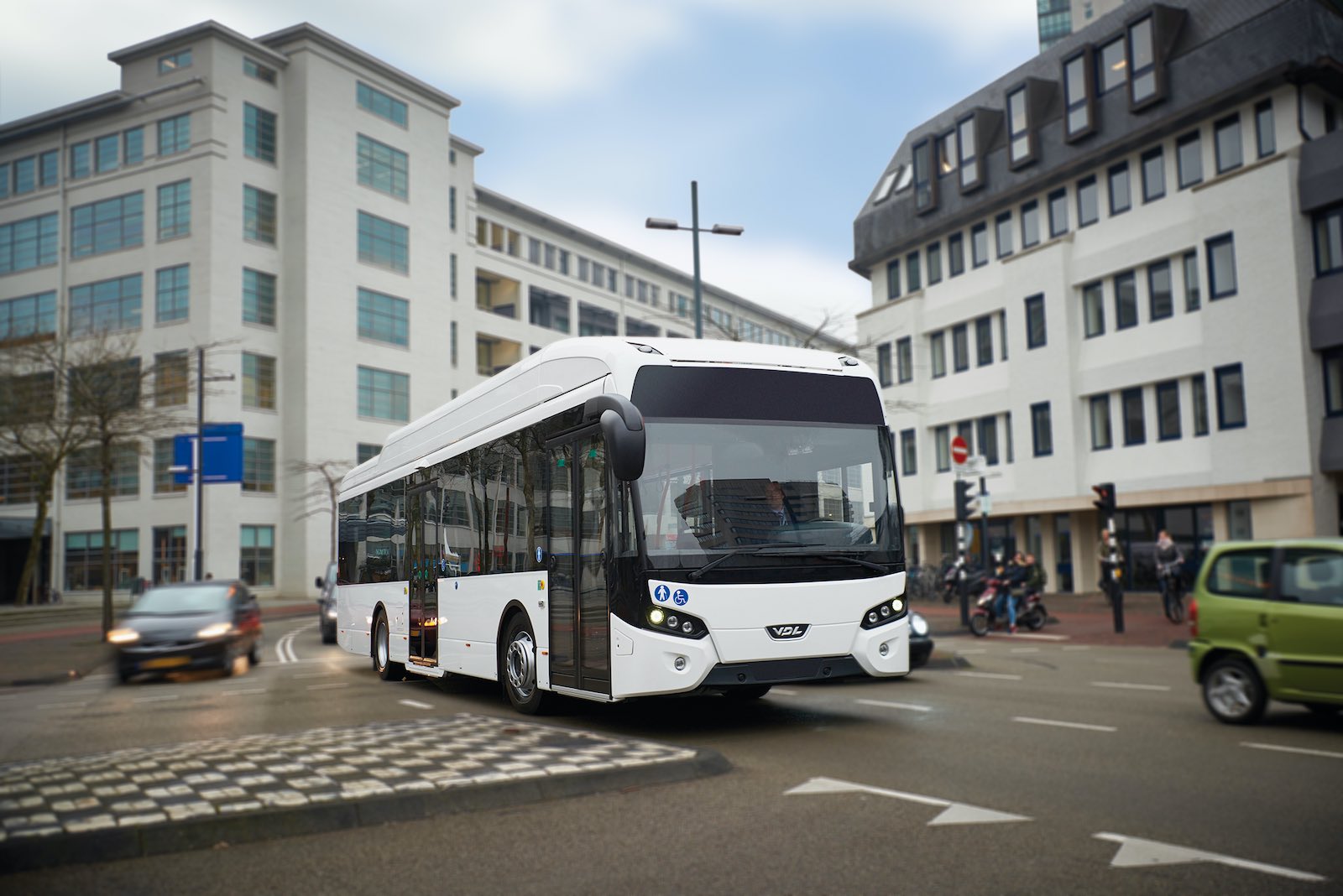


#Bus the process 3 Pc#
#Bus the process 3 series#
An expansion bus typically comprises a series of slots on the motherboard into which cards are inserted. Other names for the I/O bus include expansion bus, external bus or host bus. A writable CD-ROM is both an input and an output device. Devices such as keyboards and mice are input-only devices while devices such as printers are output-only. The term I/O is used to describe any program, operation or device that transfers data to or from a computer and to or from a peripheral device.Įvery transfer is an output from one device and an input into another. Thus I/O bus connects various peripheral devices to the CPU – these are connected to the system bus via a ‘bridge’ implemented in the processor’s chipset. This is a bus made up of the electronic pathways that connect the different external devices, such as a printer, storage, monitors, keyboard, mouse, etc. Short for input/output (pronounced “eye-oh”).

Computer System Bus: Source I/O Bus or Expansion Bus It has a singleīinary value, either 0 or 1.

A bit (shortįor binary digit) is the smallest unit of data in a computer. A 32-bit bus, for example, refers toģ2 parallel wires or connectors that can simultaneously transmit 32 bits. Known as its width, determines how much data can be transferred at a time and
#Bus the process 3 upgrade#
Using the industry-standard makes it easy to upgrade the computer using standard components such as the memory and IO devices from independent manufacturers. Sometimes depending on the manufacturer it can be specific to a particular computer design or may be based on an industry standard. The design of the system bus varies from computer to computer. Other names of the system bus are the internal bus, internal data bus, memory bus, or Front-Side-Bus. The bus combines the functions of a data bus to carry information, an address bus to determine where it should be sent, and a control bus to determine its operation.īy combining the three functions, manufacturers were able to reduce costs and improve modularity. The system bus is a pathway composed of cables and connectors used to carry data between a computer microprocessor and the main memory. Signal to synchronize the peripherals attached to it with the rest of theīe viewed as comprising just two types of buses.


 0 kommentar(er)
0 kommentar(er)
